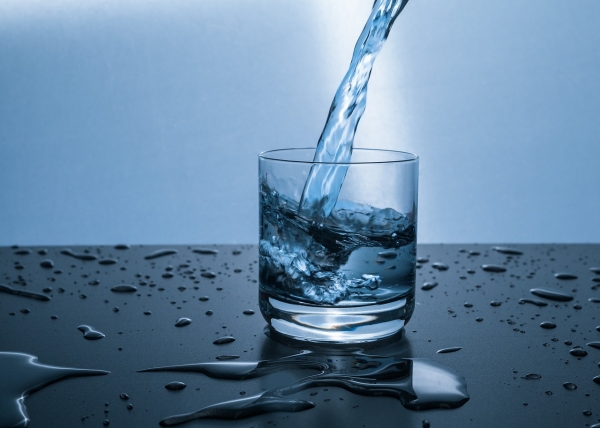We’re likely underestimating the future impact of PFAS in the environment, a new UNSW Sydney-led study shows.
We’re likely underestimating the future impact of PFAS in the environment, a new UNSW Sydney-led study shows.
Per-and poly-fluoroalkyl substances – commonly known as PFAS – are a group of over 14,000 human-made chemicals that have been popular since the 1950s for their diverse uses in resisting heat, water, grease and stains.
They’ve been commonly found in household products like non-stick frying pans, clothing, cosmetics, insecticides, and food packaging, as well as specialty industry products, like firefighting foam.
But despite their broad skillset, the chemicals have a dark side: they’re known as ‘forever chemicals’ because once they’re in the environment – or our bodies – they don’t degrade further.
PFAS have been linked to environmental and health issues, including some cancers, but a lot remains unknown about the true scale and potential impacts of the problem – including how much is in our water supply.
Read more at University of New South Wales
Photo Credit: Baudolino via Pixabay




